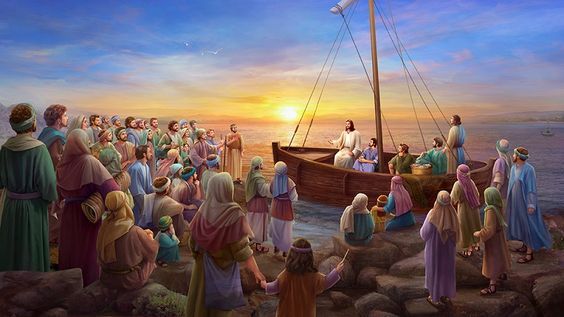To accompany your Come Follow Me study for March 20-26
In addition to reading the indicated chapters, you may wish to:
- Read the applicable portions of the New Testament Institute Student Manual at
- https://www.churchofjesuschrist.org/study/manual/new-testament-student-manual/introduction-to-matthew/chapter-5?lang=eng
- https://www.churchofjesuschrist.org/study/manual/new-testament-student-manual/introduction-to-the-gospel-according-to-st-luke/chapter-16-luke-4-8?lang=eng
- https://www.churchofjesuschrist.org/study/manual/new-testament-student-manual/introduction-to-the-gospel-according-to-st-luke/chapter-17-luke-9-14?lang=eng
- Watch the following related video segments:
- Come Follow Me (Mar 20-26) Matthew 13, Luke 8; 13 | Parables? Sow What? at Come Follow Me (Mar 20-26) Matthew 13, Luke 8; 13 | Parables? Sow What? – YouTube
- Parables of Jesus: Parable of the Sower at https://www.youtube.com/watch?v=MRehBbBTxbQ
- Parables of Jesus: Jesus Declares the Parables of the Wheat and Tares, Mustard Seed, and Leaven at https://www.youtube.com/watch?v=kKz3C4jGL0c
- Parables of Jesus: The Kingdom of Heaven at https://www.youtube.com/watch?v=3sjPSaG4E34
- Understanding the Parable of the Sower at https://www.youtube.com/watch?v=kEqxXEG3qGY
- The Gospel According to Matthew (from minute 1:36:53 to 1:47:53) at https://www.youtube.com/watch?v=woAhReBytBk&t=6494s
- The Gospel of Luke (from 1:20:31 to 1:33:00 and 2:14:40 to 2:21:46) at https://www.youtube.com/watch?v=2PHPLApTt7Y
If you would like a Kahoot game related to this material which you could use for personal study or use with your family or your class, click here: https://create.kahoot.it/share/matthew-13-luke-8-13/069693b5-7b37-45ba-8733-fb5c03e2ab1e. (To use it with a group, after clicking on this link, you will need to log into Kahoot, creating a free account if you have not done so previously, then click on the blue “Start” button.)
Points to Ponder in Matthew 13; Luke 8, 13
1. Did Jesus tell parables to make His message clearer or more obscure? Why?
2. For what three main reasons would Jesus’ parables be clearer to His disciples than to others?
3. In a few words, what would you think Jesus would want us to do differently as a result of our understanding the Parable of the Sower?
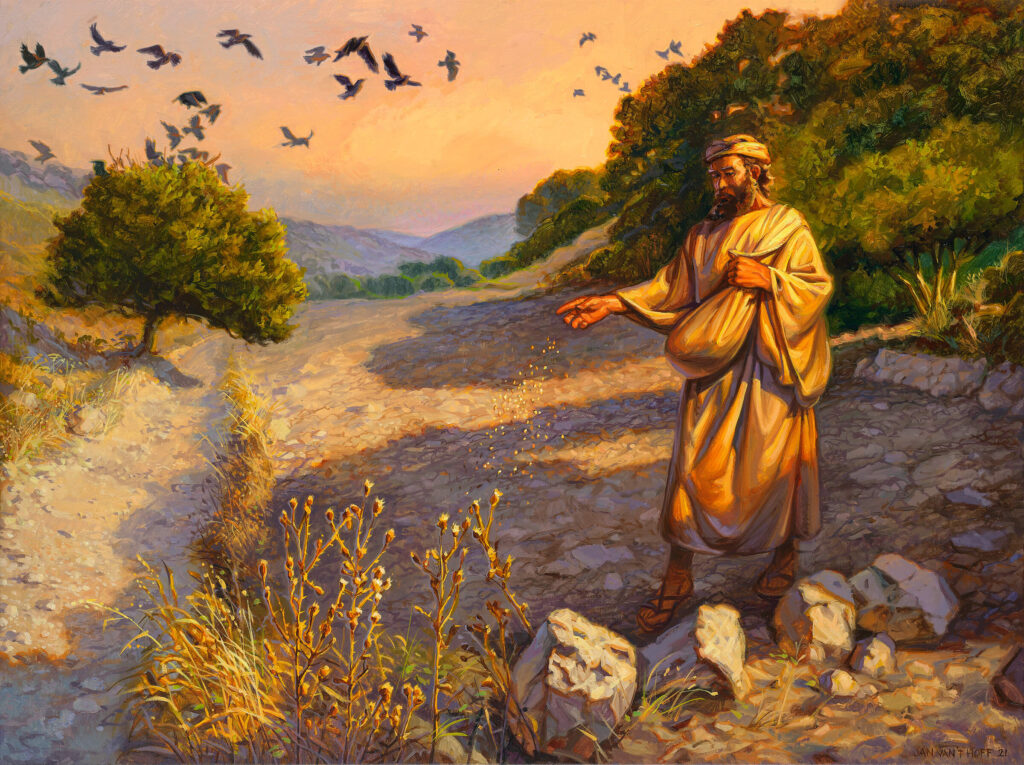
4. What famous dream in the Book of Mormon has the same essential message as the Parable of the Sower? How would you match up the four groups in the Book of Mormon dream with the four groups in the Parable of the Sower?
5. How does the Matthew 13:14-15 version of Isaiah’s prophecy in Isaiah 6:9-10 help make sense of an otherwise very confusing Old Testament passage?
6. What practical applications can you make of the Parable of the Wheat and the Tares? How does it help us better understand some aspects of current Church policy?

7. What Joseph Smith Translation correction to the Parable of the Wheat and the Tares (matching a similar clarification in D&C 86) helps the story make more sense?
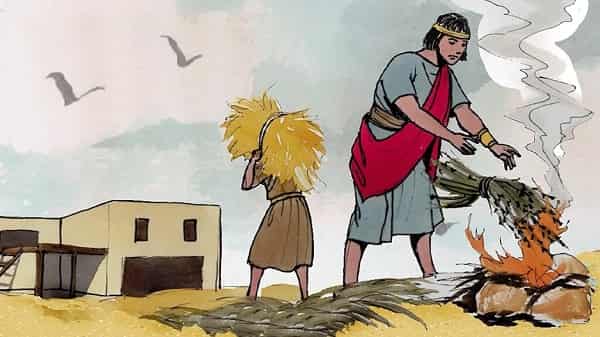
8. What message are we supposed to get from the Parable of the Mustard Seed? What other parable in this week’s reading has essentially the same message? And is it really accurate to say that a mustard seed is the smallest of all seeds and that a grown mustard plant is the biggest of all herbs”?
9. Of the remaining parables in Matthew 13, which two seem to have essentially the same meaning, and how would you summarize that message in ten words or fewer?
10. To what other parable in Matthew 13 is the Parable of the Gospel Net (13:47-50) most similar? In twenty-five words or less, how would you summarize the message of this parable?
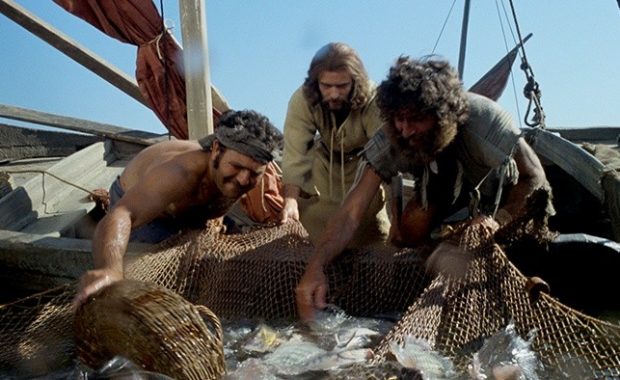
11. What is Jesus talking about in the Parable of the Treasures New and Old in Matthew 13:52?

12. In Luke 8:46 we once again encounter the story of the woman with the issue of blood who touched the border of Jesus’ garment hoping to be healed. What did Jesus mean when He said, “I perceive that virtue is gone out of me?” Was He somehow less virtuous because of having been touched by the woman?
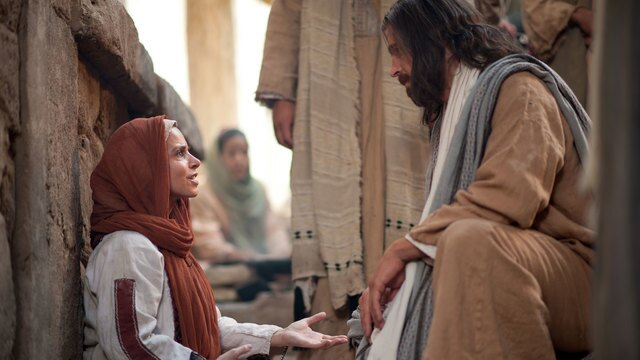
13. How would you sum up Jesus’ answer to the question in Luke 13:1-5 about the relationship between sin and punishment?
14. What parable do we find in Luke 13 that we didn’t encounter in Matthew 13? In 15 words or less, can you summarize its message?
15. What does Jesus mean when He says “there are last which shall be first, and there are first which shall be last”? (Luke 13:30)

Possible Answers to Points to Ponder in Matthew 13; Luke 8, 13
1. Did Jesus tell parables to make His message clearer or more obscure? Why?
Both. It made it clearer to the faithful but more obscure to those not interested in His message, so they would not be responsible for sinning against even greater light.
2. For what three main reasons would Jesus’ parables be clearer to His disciples than to others?
- His disciples would already have some basic knowledge of the gospel on which to build.
- His disciples would be entitled to the inspiration of the Holy Ghost to help them understand.
- His disciples would be more likely later, in private, to ask Jesus for an explanation of the parables.
3. In a few words, what would you think Jesus would want us to do differently as a result of our understanding the Parable of the Sower?
Probably:
- Make sure the gospel “seed” is planted in fertile “ground” within our hearts and that we eliminate as many “thistles” and “stones” as possible which might interfere with its growth.
- As member missionaries, look to share the gospel with those whose hearts are already fertile ground rather than focus on “breaking up the rocks” and “pulling out the thistles” in their soil.
4. What famous dream in the Book of Mormon has the same essential message as the Parable of the Sower? How would you match up the four groups in the Book of Mormon dream with the four groups in the Parable of the Sower?
Lehi’s dream of the tree of life and rod of iron in 1 Nephi 8 also illustrates four possible responses to the invitation to follow the path to the tree of life. Those four groups of people might match up with the four seed plantings in the Parable of the Sower as follows:
- The seed which fell by the wayside and was eaten by the birds matches well with those in Lehi’s dream who were not even interested in the tree of life but were instead feeling their way toward the great and spacious building.
- The seed which fell in stony places and sprang up but because of the lack of deepness of earth withered away could match with those who made it to the tree in Lehi’s dream but soon were ashamed and led away by those mocking them in the great and spacious building.
- The seed which fell among thorns and never really started to grow could correspond to those in Lehi’s dream who started in the path but neglected to hold onto the rod of iron and therefore never got to the tree.
- The seed which fell into good ground and brought forth fruit could match with those who reached the tree of life in Lehi’s dream and, evidently, remained faithful thereafter.
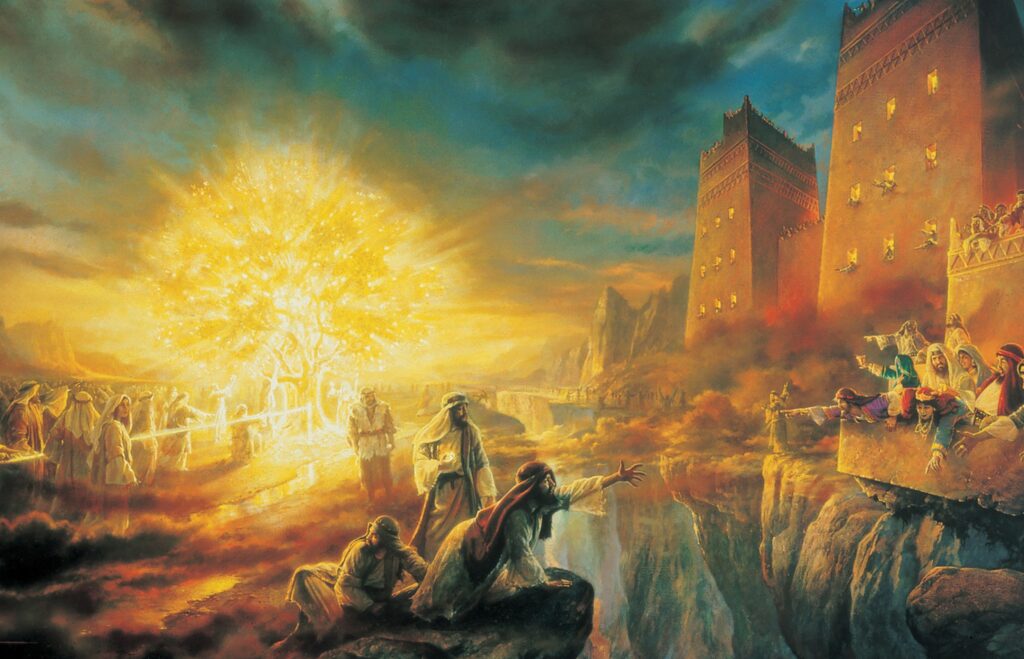
5. How does the Matthew 13:14-15 version of Isaiah’s prophecy in Isaiah 6:9-10 help make sense of an otherwise very confusing Old Testament passage?
Isaiah 6:9-10 makes it appear as though the Lord is arbitrarily choosing to make the heart of the people fat, their ears heavy, and shut their eyes so they couldn’t see with their eyes, hear with their ears, and understand with their heart and convert and be healed. Jesus’ version of it in Matthew 13:14-15 makes clear that the people to which He is referring have themselves chosen to close their eyes, lest they should see, hear, understand, and be converted and healed.
This is good evidence that our eighth Article of Faith is right in proclaiming that we believe the Bible to be the word of God, so far as it is “translated” correctly. The Prophet Joseph Smith used the word “translated” loosely here to include “transmitted.” Obviously, the way Isaiah 6:9-10 has come down to us does not convey the same message as Jesus’ version of it. The Bible, thus, is not infallible, inasmuch as it has passed through the hands of imperfect mortals.
The same could be said for the Book of Mormon, though we are much closer to perfection there, especially in the English translation. But it is worth noting that there have been numerous grammatical changes since the first edition of the Book of Mormon, along with a few other textual changes, as Church authorities have tried to get as close as possible to what the original manuscript said and what the Nephite prophets originally wrote. We are blessed by all four standard works, but we are especially blessed to have living prophets who can reveal the current mind and will of the Lord to us.
6. What practical applications can you make of the Parable of the Wheat and the Tares? How does it help us better understand some aspects of current Church policy?
It is worth noting that the tares to which Jesus referred look very much like wheat in their early stages of growth but can be differentiated later when the grain is ripe. Possible applications of the parable could include:
- The Church accepts members into full fellowship who come short of perfection. Those who smoke, drink, don’t pay tithing, and don’t accept callings are still welcome to attend services, have the blessings of ministering elders and sisters, and participate in Church activities.
- Temple recommend holders are not asked to forfeit their recommends if they are lax in their ministering responsibilities or fail to hold family home evenings and follow the Come Follow Me program, as long as they can with a straight face tell the bishop in their recommend interview that they are doing their best.
- Though missionaries, general authorities, and temple workers are instructed to remain clean shaven, other members who elect to wear beards are not barred from the temple.
- The new version of the For the Strength of Youth guide is much less detailed and prescriptive than the previous version, which may have proven troublesome to some weak in the faith who were not ready for some “tares” to be pulled up.
- We need to be careful not to accept false teachers as true ones just because they look pious and speak with energy.
- We need to become strong enough to stand even if the “tares” are removed, not becoming intertwined with evil.
- We need to be tolerant of those with different views and practices.
7. What Joseph Smith Translation correction to the Parable of the Wheat and the Tares (matching a similar clarification in D&C 86) helps the story make more sense?
As it stands, the parable has the reapers gathering the tares first to burn them, and then later gathering the wheat into the barn. The JST has them gather the wheat first. That obviously makes more sense. Tramping through the wheat to gather the tares first would likely cause significant damage to the wheat. The indicated change is also more in line with what prophecy indicates the Lord is planning to do. He will gather the righteous into a latter-day Zion before unleashing His fury upon the remaining “tares” in the world. And at the time of the Second Coming, He will catch the righteous up to meet Him in the air, destroy the wicked, and then descend with the righteous to a refurbished earth.
8. What message are we supposed to get from the Parable of the Mustard Seed? What other parable in this week’s reading has essentially the same message? And is it really accurate to say that a mustard seed is the smallest of all seeds and that a grown mustard plant is the biggest of all herbs”?
The Savior is here using a perfectly legitimate literary device known as hyperbole—exaggeration for the sake of emphasis. No, technically the mustard seed is not the very smallest of seeds, nor is the grown mustard plant the largest of all trees. But if a friend told us, “I got the most wonderful cake for my birthday,” we wouldn’t correct him on grounds that somewhere, sometime, there must have been a cake that was even more wonderful and delicious. Neither would we complain if a young lady said, “I saw the cutest dress in the store,” even if it were quite possible that another dress elsewhere was even cuter. Certainly, a mustard seed is small enough, especially compared to the size of the grown mustard plant, to make a valid point that great things can come from small beginnings. The Lord seems to be telling us here that though His work begins small, it will someday fill the earth. The growth of The Church of Jesus Christ of Latter-day Saints over the last two hundred years fits well with this parable. The Parable of the Leaven has the same message.
Joseph Smith went a step further with the Parable of the Leaven. He said: “‘The Kingdom of Heaven is like unto leaven which a woman took and hid in three measures of meal till the whole was leavened’ [Matthew 13:33]. It may be understood that the Church of the Latter-day Saints has taken its rise from a little leaven that was put into three witnesses. Behold, how much this is like the parable! It is fast leavening the lump, and will soon leaven the whole….”
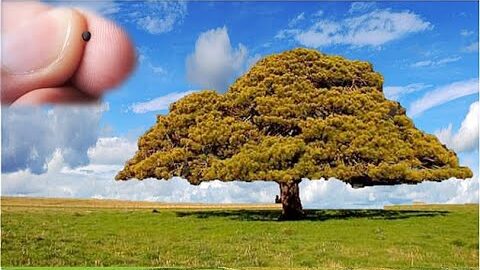

9. Of the remaining parables in Matthew 13, which two seem to have essentially the same meaning, and how would you summarize that message in ten words or fewer?
The Hidden Treasure and the Pearl of Great Price both seem to teach that: “Full gospel blessings require willingness to give all we have.” We might note that Jesus is not necessarily condoning the ethics of buying a field without telling the owner there was treasure hidden on it. But He is suggesting that if the natural man within us would not hesitate to give all our material goods to buy a field which contained an even more valuable treasure, we shouldn’t hesitate to give all we have, if necessary, to secure the incalculable riches of heaven.
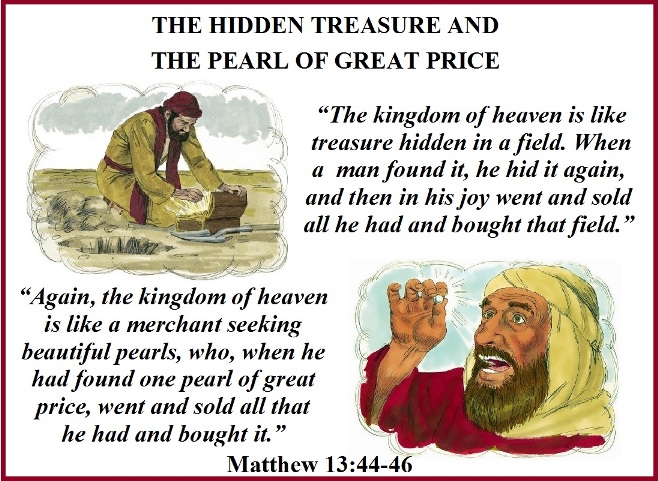
10. To what other parable in Matthew 13 is the Parable of the Gospel Net (13:47-50) most similar? In twenty-five words or less, how would you summarize the message of this parable?
Perhaps: “The Church gathers all kinds of people, some more fit than others to be called ‘saints.’ At the last day, the righteous will be separated from the wicked.” This is very similar to the message of the Wheat and the Tares.
11. What is Jesus talking about in the Parable of the Treasures New and Old in Matthew 13:52?
One commentator suggested: “Resourcefulness and adaptability are the main themes. It is an appeal to apply the gospel to the needs of the people.”
It could also be noted that the gospel of Jesus Christ includes the “new and everlasting covenant,” or things both new and old. Joseph Smith commented: “For the works of this example, see the Book of Mormon coming forth out of the treasure of the heart. Also the covenants given to the Latter-day Saints [the Doctrine and Covenants], also the translation of the Bible—thus bringing forth out of the heart things new and old,…”
On a personal level, a true disciple will be able to bring forth ancient scripture and the words of past prophets to apply to a current need, but he will also be able to receive new personal revelation to guide him in the application thereof.
12. In Luke 8:46 we once again encounter the story of the woman with the issue of blood who touched the border of Jesus’ garment hoping to be healed. What did Jesus mean when He said, “I perceive that virtue is gone out of me?” Was He somehow less virtuous because of having been touched by the woman?
A better translation is that “I perceive that power is gone out of me.” Priesthood holders who have given multiple healing blessings in the same day have sometimes noted that it was a physically draining experience. Both Moses and Joseph Smith, following visions of God, found themselves physically weak. Likewise, Jesus could detect that power flowed from Him when the faithful woman touched Him, causing Him to ask who it was, out of all who had probably bumped into Him unintentionally on the road, that had touched Him on purpose with such faith. It could be compared to the flow of an electrical current. Electricity will not flow through rubber or dry wood but will flow freely through metal or water. Likewise, some people are “conductors” for the flow of spiritual power and some, because of their lifestyles, are insulated therefrom.
13. How would you sum up Jesus’ answer to the question in Luke 13:1-5 about the relationship between sin and punishment?
Earthly suffering is no proof that one has sinned. But if sin is not repented of, the sinner will eventually suffer in eternity.
14. What parable do we find in Luke 13 that we didn’t encounter in Matthew 13? In 15 words or less, can you summarize its message?
The Parable of the Fig Tree. One possible summary: “The Lord is patient, but eventually all His ‘unfruitful’ children will be cast out.”
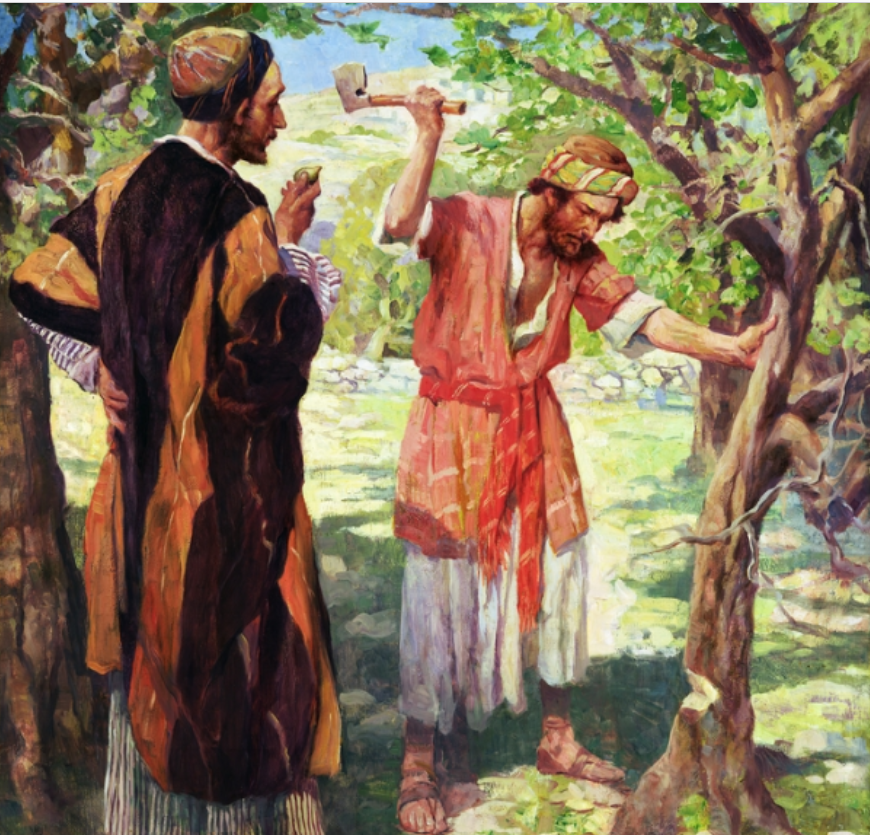
15. What does Jesus mean when He says “there are last which shall be first, and there are first which shall be last”? (Luke 13:30)
That statement most commonly in the scriptures means that some among the literal members of the House of Israel, who were the first to receive the gospel, will be cut off, while there will be Gentiles, who received it later, who will be exalted in the kingdom of God. Another application of the passage would be that some of those converted to the gospel later in life will be ahead of some lifelong members in eternity. Also, some of the younger generation may rise spiritually above the level achieved by their forefathers.
